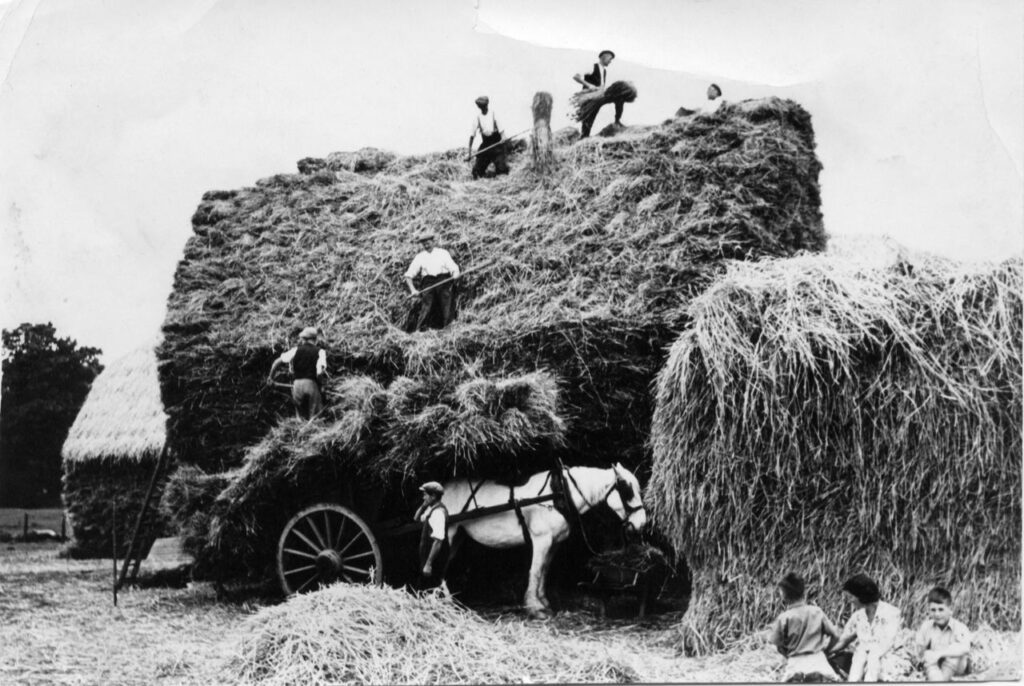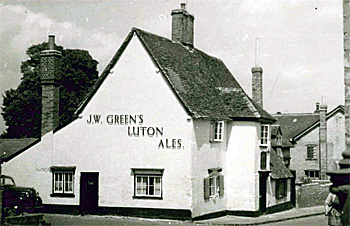Welcome to the Shillington History site
Shillington has a very long and fascinating past; at least 240,000 years of it! Life has often been tough for people living here. Terrible storms have struck and disease has taken its toll. Some have had raiders steal their belongings or lived through wars. Others worked for uncaring bosses and at times, there were not enough jobs for everyone. They ended up in the workhouse where they had to do menial, unpaid work to earn their keep. The conditions there were appalling.

For centuries, many Shillington folk worked on farms. It was hard work and poorly paid.
It was not all bad though. People took time out to celebrate the changing of the seasons and to worship together. As they worked, they found time to chat with their colleagues. During the last century, better transport has enabled people to work and play outside the local area. Health and wealth have improved and led to most people having more comfortable lives than their parents.
Shillington appears in the Domesday Book of 1086. So does Pegsdon which was a bigger village then, but Shillington grew to become the main settlement. Higham Gobion was always a small village and like Pegsdon, it is now part of Shillington parish.
Changes have always been happening. Many houses have come and gone but the oldest we see today were built around 1600s. There was a quarrying boom in the late 1800s and a dozen pubs to choose from.
In 1920, there were 6 places of worship, 10 shops and 14 pubs.
A few of them remain open to this day. The village hall, playing field and social club are also meeting places for residents. Another pub in Pegsdon overlooks the magnificent Pegsdon Hills and nature reserve.

Our knowledge of the past continues to improve and as every day passes, we create more of it. This website is a work in progress; an attempt to bring together much of what we know so far in a clear and concise way.
We hope that you enjoy browsing our pages which appear in chronological order. Just select from the drop down menu at the top of this page.
Another page describes the small archaeological digs or test pits that we’ve excavated in recent years and what our finds reveal.
Each page has a brief introduction with more detailed information available in pdf format.
If you spot any errors or can contribute further information or pictures, please contact Derek Turner via the Contact page.
